HeroDevs Brings End-of-Life Software Back Into Focus
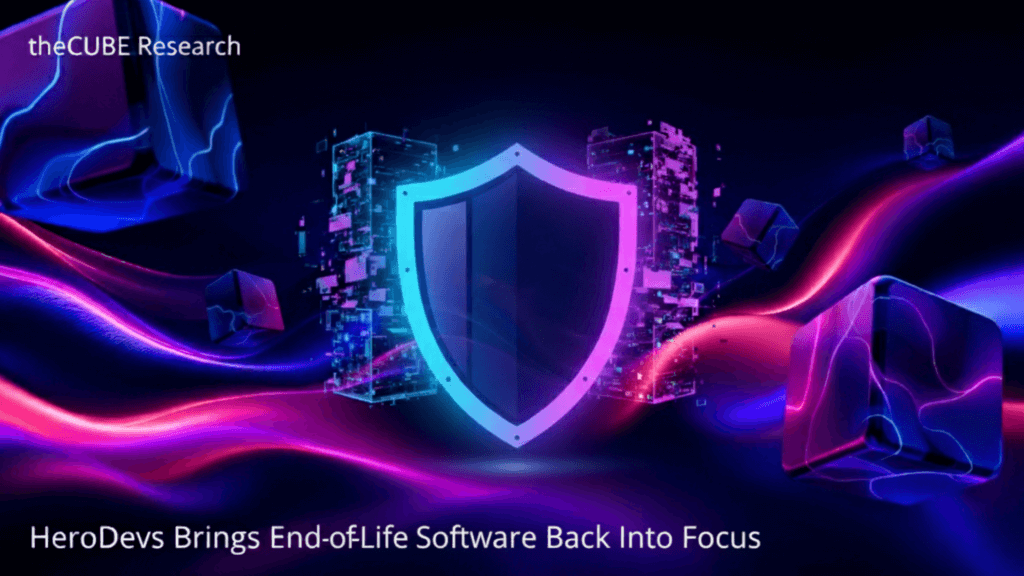
Discover how HeroDevs addresses the systemic risk of end-of-life open source software and provides commercial support to secure legacy frameworks like AngularJS and Apache Struts, enabling compliance and safer modernization.
Special Breaking Analysis | Scanning the Adversary Landscape: The Big Four in the Age of AI

The threat landscape is undergoing a profound transformation. At CrowdStrike’s Fal.Con 2025 event in Las Vegas, Adam Meyers, who heads counter-adversary operations, provided a rare window into how the world’s most capable adversaries are adapting their tactics. His insights underscore a sobering reality in that artificial intelligence has become both a weapon and a defense shield, underscoring the asymmetry between attackers and defenders.
291 | Breaking Analysis | From Product to Platform – How CrowdStrike Navigates to Durable Growth

We believe CrowdStrike (CRWD) has re-established growth momentum while still working through the financial and reputational overhang of the July 19, 2024 global outage. The company recently delivered net new ARR reacceleration ahead of expectations, showcased strong platform expansion across cloud, identity, and Next-Gen SIEM, and leaned on Falcon Flex as a durable consolidation lever. In our view, the near-term debate centers not only on churn or Flex conversion but more on net new ARR performance, valuation skepticism, and whether identity and SIEM can offset a maturing core endpoint business while fending off intensifying competition. The mainspring of CrowdStrike’s success remains relentless product innovation, increasingly defined by its platform. We believe its unified platform and AI-driven threat defense at scale underpin the company’s premium valuation through customer consolidation, stickiness, and durable ARR growth.
Inside Kubernetes: How the Community Keeps One of the World’s Largest Open Source Projects Moving
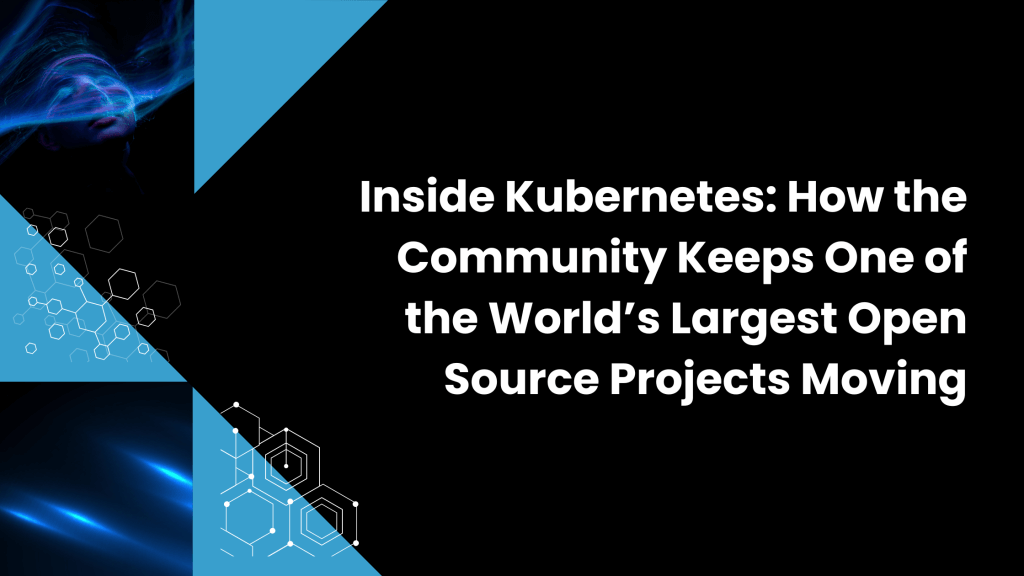
How the Kubernetes community manages governance, releases, and mentorship to keep open source enterprise-ready.
Digital Labor @ Work: How AI Agents Are Transforming Community Management
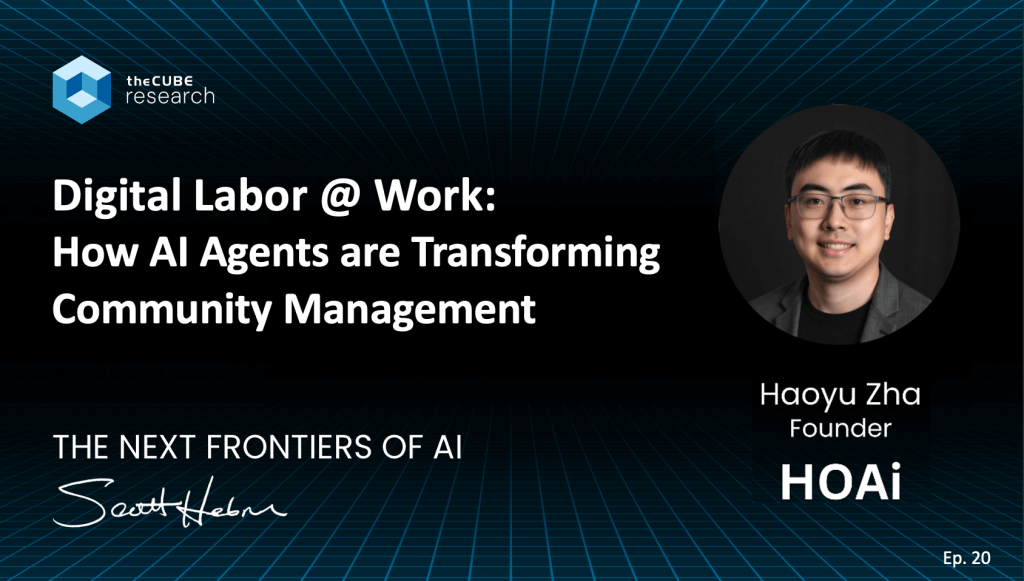
Explore how agentic AI and digital workers are transforming the operations of community association management companies. What began as a vision to eliminate inefficiencies in community management has grown into a platform that manages more than a million homes, delivering measurable ROI for management companies while achieving higher satisfaction for homeowners and board members.
The conversation examines how HOAi’s agentic AI platform addresses persistent challenges, including growing homeowner demands, hiring and retaining talent, rising operational costs, low margins, and effective communication with homeowners and board members.
By introducing digital workers tailored for domain-specific complexity, HOAi streamlines core functions like accounts payable, accounts receivable, customer service, management tasks, and more. This leads to more efficient operations, the ability to expand without hiring more staff, working smarter and faster with improved quality, freeing up time for the team, and gaining a competitive edge.
290 | Breaking Analysis | Broadcom vs. NVIDIA – Not a Zero Sum Game

We believe the prevailing narrative that Broadcom and NVIDIA are locked in a zero-sum battle for AI data center dominance is misleading. The reality is these companies are playing very different games. NVIDIA has built a vertically integrated compute and software platform that has become the engine of the AI factory era. Broadcom, by contrast, has constructed a durable business model around connectivity, custom silicon, and high-margin software. The strategies overlap but are not mutually exclusive. We believe the real story is how these firms are carving out complementary positions in the most important technology cycle since the dawn of the Internet.
Truxt.ai Unlocks DevOps Intelligence with AI Analytics
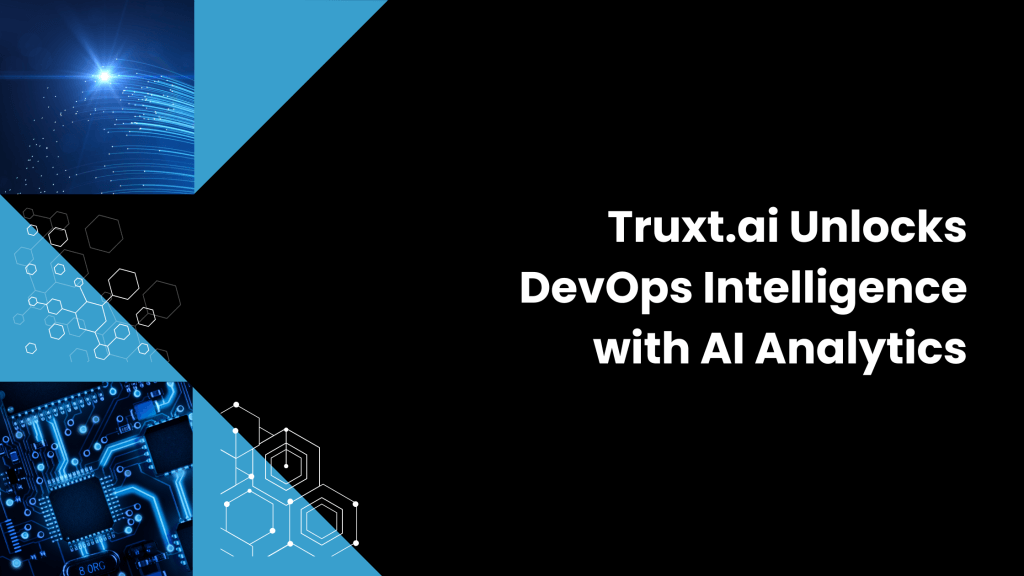
Truxt.ai is transforming software delivery by bridging the gap between DevOps metrics and business outcomes. Learn how its AI-powered analytics platform drives real-time insights, root-cause diagnosis, and action-ready recommendations for engineering teams.
289 | Breaking Analysis | Reframing Jensen’s Law: Buy More, Make More and AI Factory Economics
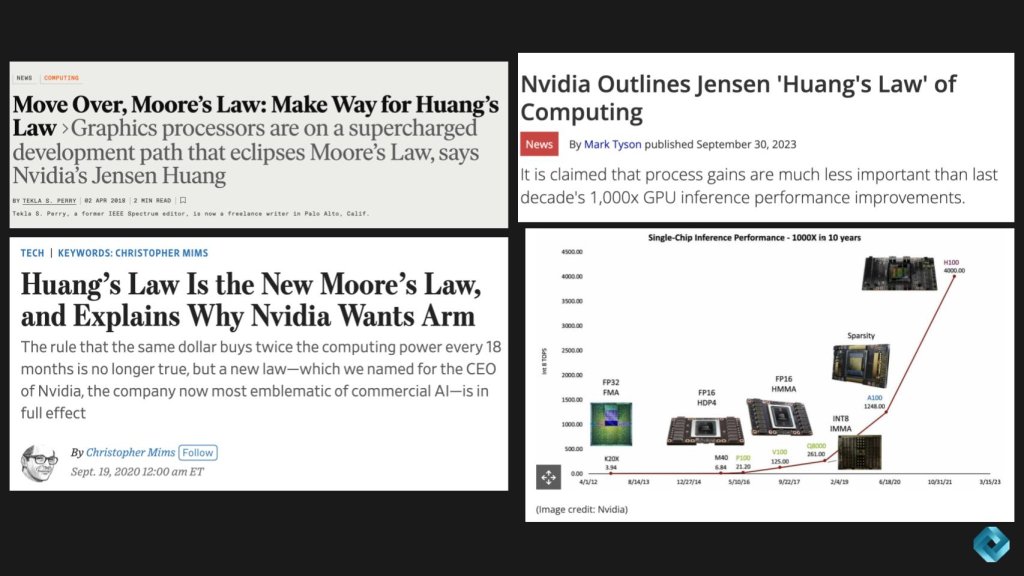
We believe the industry’s broad interpretation of Jensen’s Law — i.e. “Jensen’s Law accelerates Moore’s Law” — understates a fundamental economic reality of AI Factories. Jensen Huang’s own language and NVIDIA’s operating model point to a financial law of motion for AI factories: When power is the binding constraint and demand is elastic, perf/watt increases raise monetizable throughput faster than they raise total cost. The result is an extension to existing laws of tech that we’ve come to know.
Specifically, Jensen’s invoking of Buy ore to make more (i.e. revenue up) and spend more to save more (i.e. unit cost down) has explicit economic implications that we believe need further examination. In addition, there is a corollary in this new regime in that, under certain conditions, fabric‑driven utilization unlocks are so valuable that high‑speed networking becomes “economically free” (i.e. where utilization gains exceed amortized fabric cost).
In this Breaking Analysis we explain in detail what we’re referring to as a new Jensen’s Law. We’ll explore why this phenomenon is so important, review the math behind it, share some concrete examples of where the law is applicable, when the corollary of “the network is free” holds, implications for investors and operators; and where the law is not applicable.
Navigating the AI Talent Crisis: Act Now Before It’s Too Late!
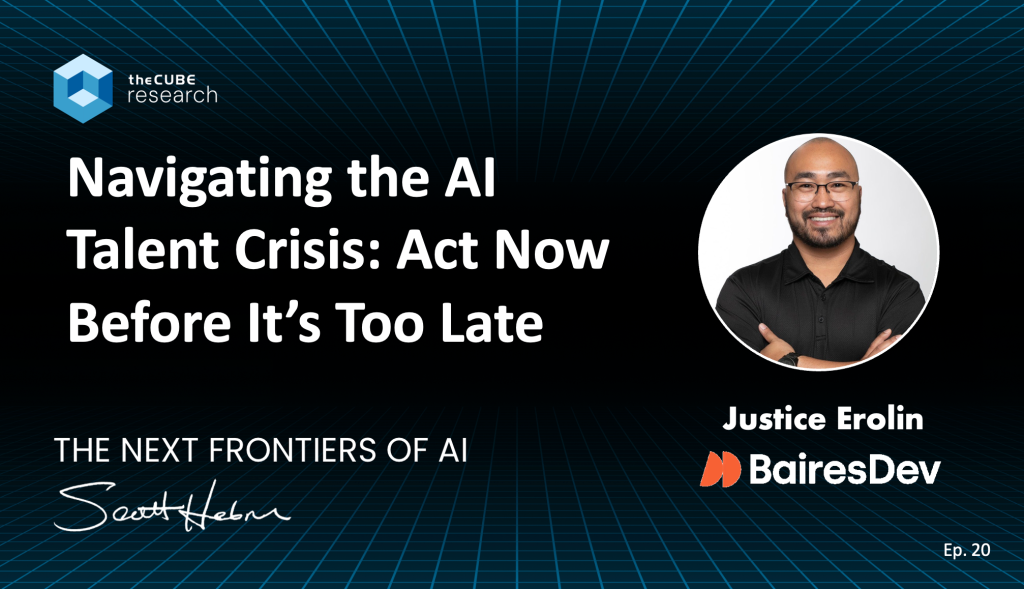
In this episode of Next Frontiers of AI, host Scott Hebner is joined by Justice Erolin, Chief Technology Officer at BairesDev, to confront one of the defining challenges of 2025: the AI talent crisis. The demand for AI-skilled professionals is already outpacing supply by a factor of 2.3 times, with job openings growing 10 times faster than the number of new entrants into the field. Seventy percent of enterprises report struggling to find qualified AI talent, while 40% of existing AI-skilled employees are considering leaving their jobs. The result is a spiraling competition for scarce talent, with companies paying salary premiums of 47% to 200% in an unsustainable arms race.
This episode examines what lies beneath that crisis—and why the solution isn’t just about pursuing human capital. A key shift is happening as software developers become data scientists and AI engineers, broadening their skills while using agentic AI systems that allow them to design and deploy models without requiring deep expertise. Simultaneously, AI talent augmentation is becoming inevitable, as enterprises blend flexible outsourcing with AI agents serving as virtual specialists.
